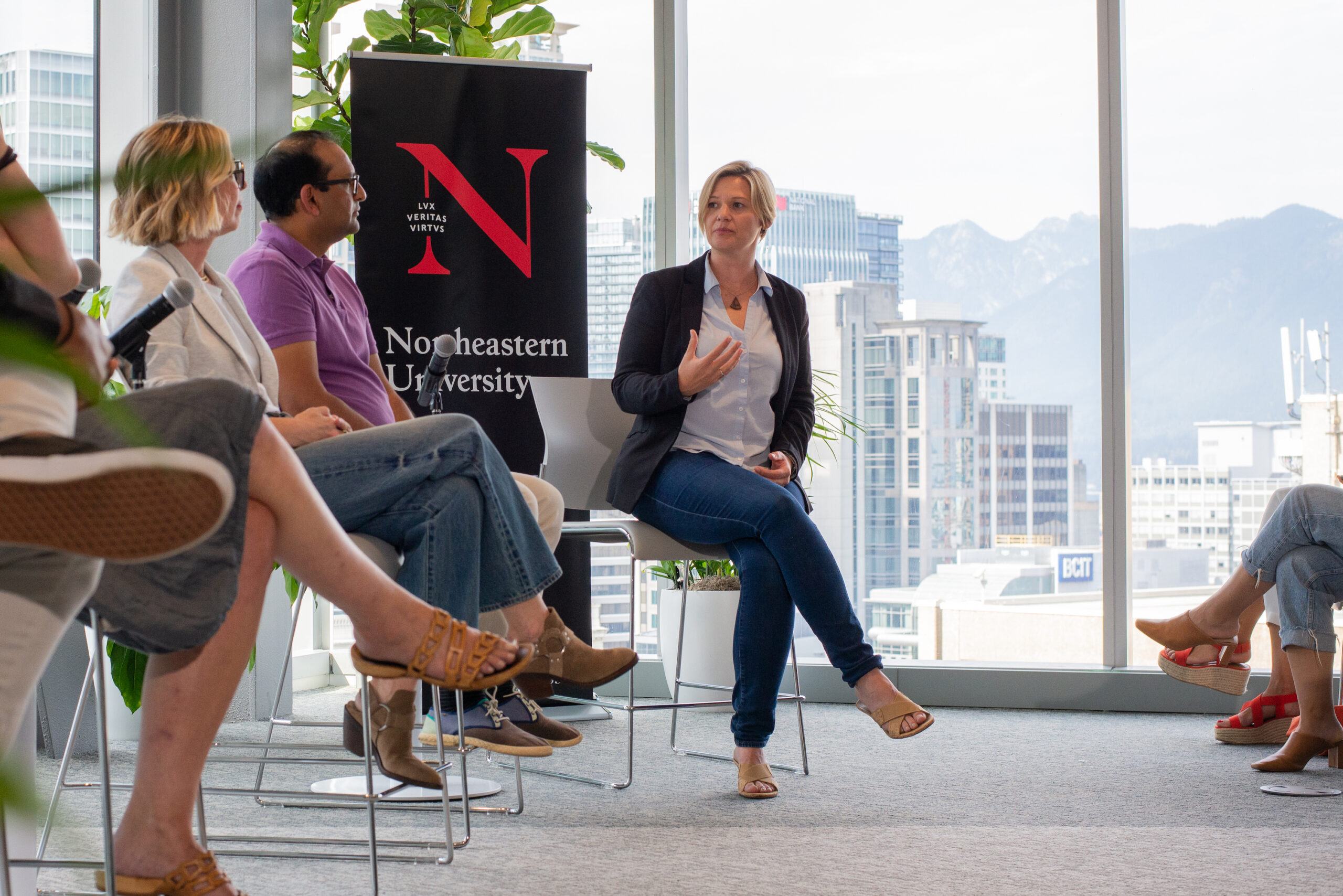The importance of human-centred leadership

This post originally appeared at University Affairs.
By Jodi Szimanski & Dr. Bethany Edmunds
Showing gratitude, providing professional growth opportunities as well as community-building are all vital to being a good leader.
Postsecondary institutions are not immune to losing staff post-pandemic. To retain talent, we as leaders need to build a culture where people feel motivated and cared for as humans. Many of us are attracted to postsecondary institutions due to our love of learning. In this values-driven environment, leaders must care about their teams, coach them and build community. A person-centred approach, where we support professional growth, will keep our employees engaged, benefit the individuals and the institution, and ultimately retain talent. As leaders, we have used the following strategies to motivate our teams.
Recognition and gratitude
Acknowledging that many people are struggling and showing gratitude for your employees’ work is more important than ever. Even small achievements should be celebrated. One way to do this is to play a celebratory song at a team meeting while flipping through a crowdsourced Power-Point of memes, GIFs and messages recognizing each other. Whether you are working in a hybrid or an in-person workspace, you can celebrate work-related milestones with regular potluck lunches and recognize exciting activities happening in team members’ lives.
Anonymous surveys to check in on how everyone’s feeling or sharing resources on burnout and managing stressful cycles may also help the team feel acknowledged. Modelling your own commitment goes a long way. Wellness check-ins at the beginning of team and one-on-one meetings, at a cadence of staff ’s choosing, set a tone showing your team you care and will help you to understand their needs. As leaders, understanding that workloads remain as high, if not higher, in hybrid or fully back-to-work environments helps staff to feel supported. We need to appreciate the existing pressures on our teams and negotiate where we can push back on some timelines and projects to protect them.
Professional development
Professional development can take many forms, formal and informal, and can benefit teams in various ways. One example of an informal activity is a “Fuel-Up Friday” session, held at the end of the week for 30 minutes. A group of teams learn about a widely applicable topic together, followed by a 30-minute small group breakout session discussion. A “self-study” session is another option, where team members take turns coordinating an informal meet-up and sharing recommended readings. This allows team members to focus on resources most of interest to them or to read and share other relevant material.
There are also options for individual development, such as listening to a work-related podcast or watching a video, and more formal opportunities, like attending a conference or taking a course. Giving staff space to share what they’ve learned in a team meeting or with you allows them to share their excitement and discuss how they will apply what they learned to their work.
Community-building
The pandemic has created more opportunities for different ways of working – a gain for equity and inclusion. To build community in hybrid teams, consider using planned anchor days in the office to facilitate water cooler conversations that were missed during the pandemic. These could be bimonthly, allowing staff the flexibility to select other in-office days while still involving them in meeting planning.
When staff are in the office, make the most of it by creating opportunities for social engagement, such as scheduling lunch together, activities like trivia, outdoor games, or a picnic in the park following every second meeting. By being intentional about in-person interactions, you can help your team feel more connected.
Leaders should purposely move beyond managing employees to get tasks done and focus on recognizing them as human. There is no one solution, activity, meeting or communication method that works for all. Each team member brings their unique strengths and as we grow, we need to offer multiple connection points for the team where they choose what’s rewarding for them. That means intentionally working on their individual development, showing each other gratitude, and establishing opportunities for collaboration and team-building.
Jodi Szimanski is the associate director of communications engagement and digital experience at the University of Waterloo. Bethany Edmunds is a teaching professor and director of computing programs at Northeastern University, Vancouver campus.




